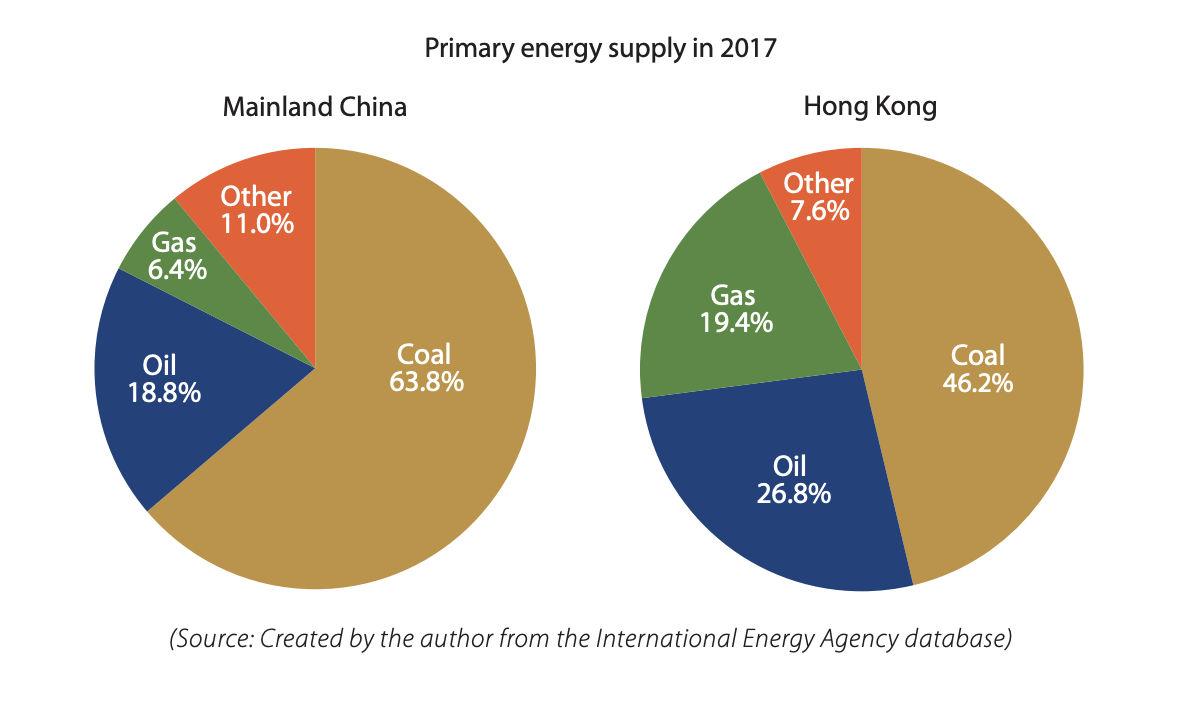Dr Nam Kyung-Min
Department of Urban Planning and Design
China’s air pollution is notorious for its magnitude – in 2015, for example, the annual mean concentrations of particulate matter, which can penetrate deep into human respiratory and circulatory systems, exceeded the World Health Organization guideline levels by eight times in Beijing. In response, China has been taking increasingly stringent actions against air pollution. As a result, not only has air pollution abated but so have greenhouse gases, whether China intended so or not.
This observation is important because around the world, governments have been exhorted to reduce greenhouse gas emissions to save the planet – a goal that is more vague than asking them to reduce air pollution to protect health, which most countries, including China, are keen to do.
Dr Nam’s focus is the link between climate change and air pollution, particularly in China which is the world’s largest carbon emitter and suffers from serious air pollution.


